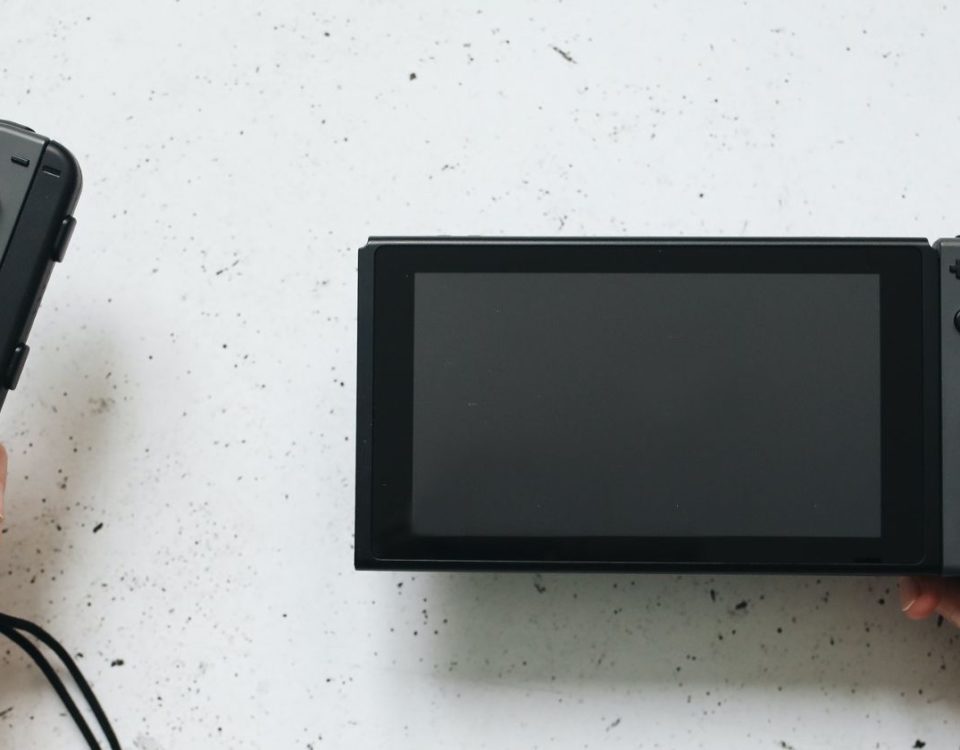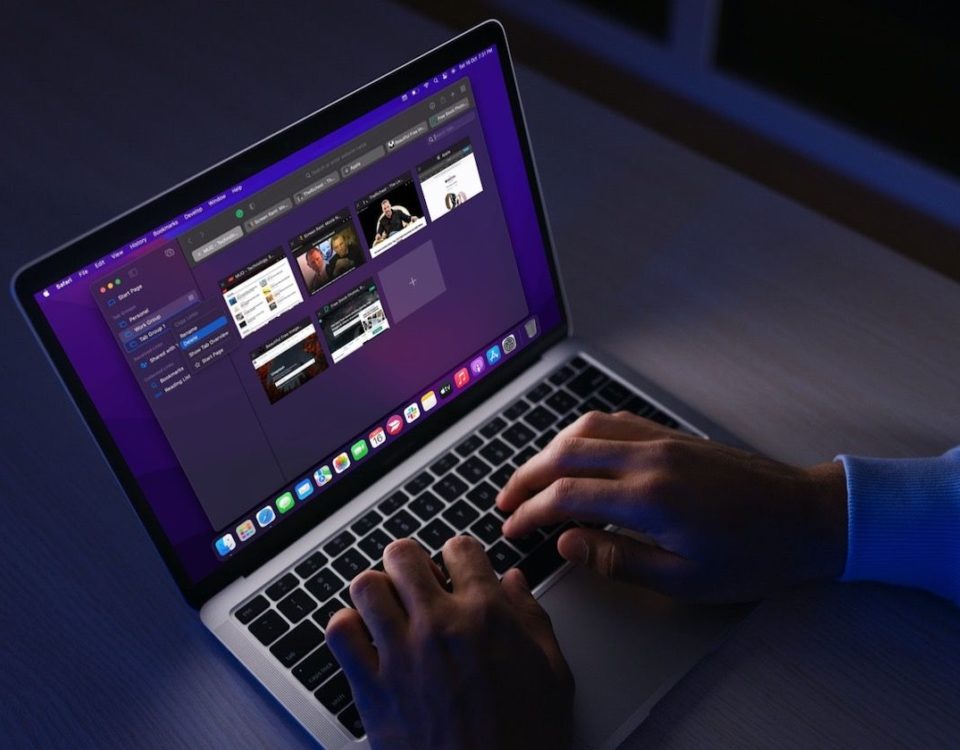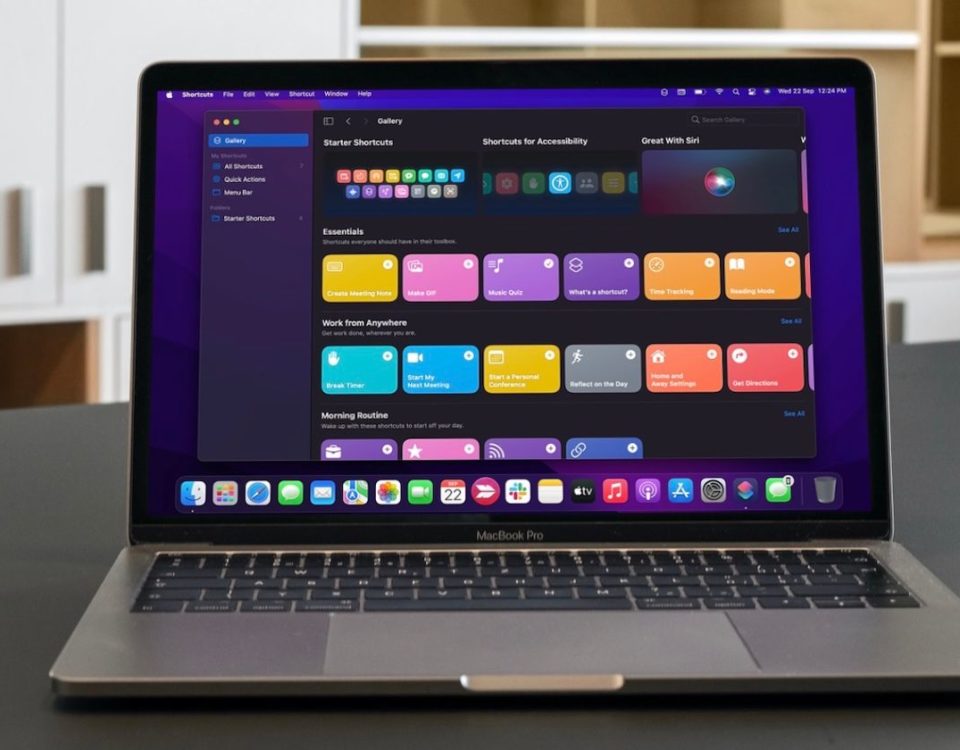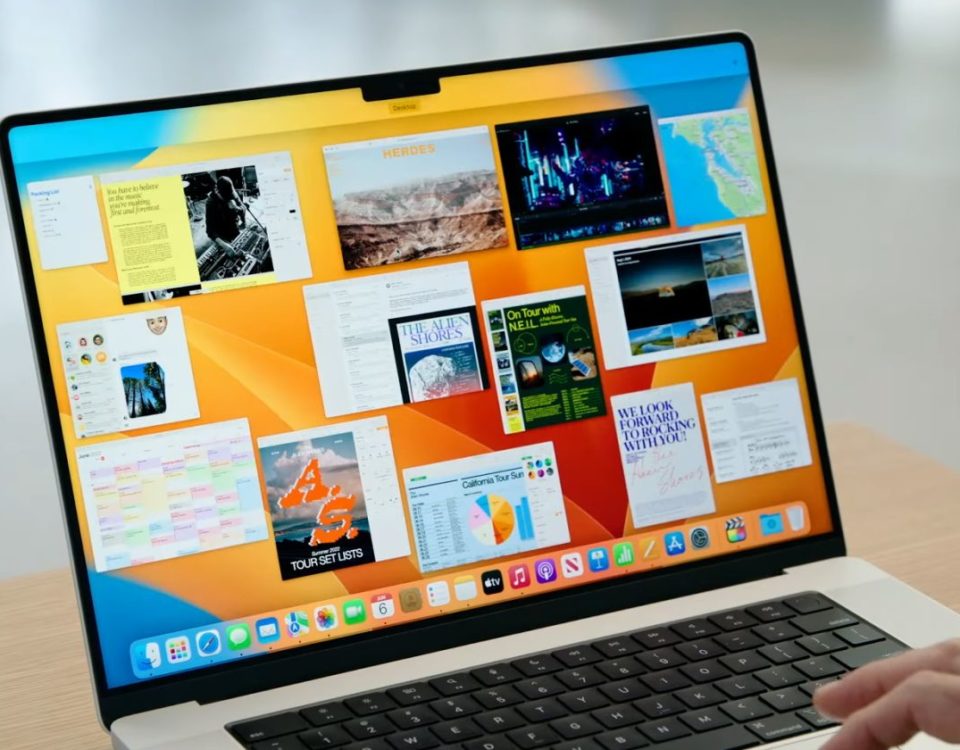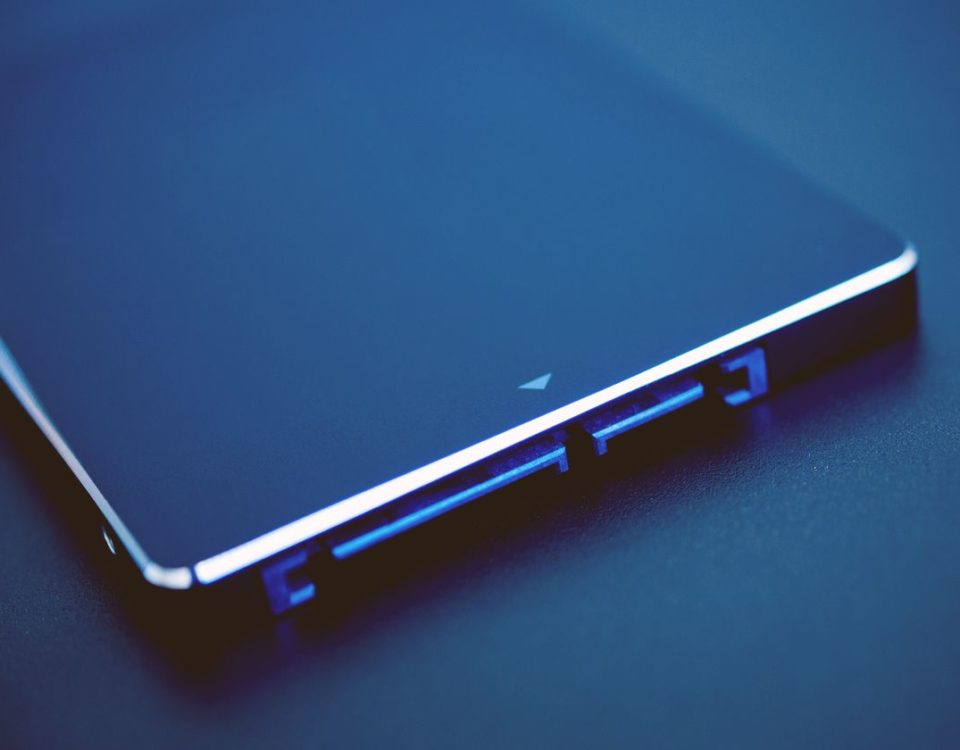
7 Typing Apps for Mac Perfect for All Skill Levels
20 abril, 2022
How to Run Internet Explorer on Your Mac (and Why You Might Want To)
20 abril, 2022How to use Universal Control on your Mac and iPad
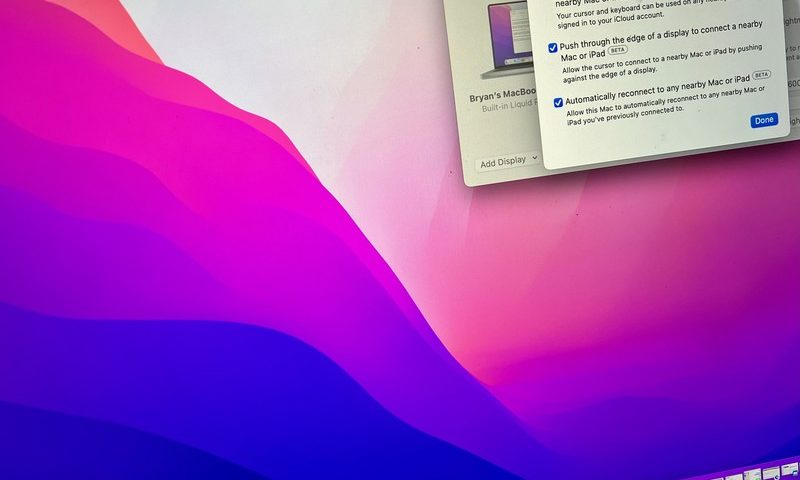
One of the most important new macOS Monterey and iPadOS 15 features is finally making its way through the developer beta process. Universal Control allows you to move back and forth between side-by-side Macs and iPads using trackpads, mice, and other input devices. Though first announced in June 2021, Universal Control only recently showed up on beta versions of macOS and iPadOS. It works on the best iPads and best Macs. Here’s how to use the feature in its current form.
Apple occasionally offers updates to iOS, iPadOS, watchOS, tvOS, and macOS as closed developer previews or public betas. While the betas contain new features, they also contain pre-release bugs that can prevent the normal use of your iPhone, iPad, Apple Watch, Apple TV, or Mac, and are not intended for everyday use on a primary device. That’s why we strongly recommend staying away from developer previews unless you need them for software development, and using the public betas with caution. If you depend on your devices, wait for the final release.
What you need for Universal Control
To use Universal Control, you must have macOS Monterey 15.3 or later installed on your Mac and iPadOS 15.4 or later installed on your iPad. These updates are available in developer and public beta versions only. Unless you are a developer, download the public beta of macOS 15.3 and public beta of iPadOS 15.4 on your devices.
Setting up Universal Control on Mac
Once the required version of macOS is installed, follow these steps to activate Univeral Control:
- Choose the Apple icon at the top left of the device.
- Select System Preferences from the pull-down menu.
-
Pick Displays.
 Source: macstore.ar
Source: macstore.ar - Click the Advanced button.
- Check all three boxes in the box. These include: «Allow your cursor and keyboard to move between any nearby Mac or iPad,» «Push through the edge of a display to connect a nearby Mac or iPad,» and «Automatically reconnect to any nearby Mac or iPad.»
-
Select Done.
 Source: macstore.ar
Source: macstore.ar
Your Mac is now ready for Universal Control.
Setting up Universal Control on iPad
After installing a compatible version of iPadOS, it’s time to set up Universal Control on your tablet:
- Open the Settings app.
-
Choose General on the left menu.
 Source: macstore.ar
Source: macstore.ar -
Toggle on Cursor and Keyboard.
 Source: macstore.ar
Source: macstore.ar
You can now use Universal Control on your iPad.
To move between two or more compatible Apple devices using Universal Control, simply use your mouse, trackpad, or keyboard (Bluetooth or otherwise). It works seamlessly.
Using trackpad example
 Source: Bryan M. Wolfe / macstore.ar
Source: Bryan M. Wolfe / macstore.ar
A work in progress
Even as a beta feature, Universal Control was worth the wait. We’ll update this post if any steps change.
We may earn a commission for purchases using our links. Learn more.





